Health and Wellness Trends
The growing emphasis on health and wellness is a significant driver in the Packaged Food Market. Consumers are becoming more health-conscious, seeking products that offer nutritional benefits without compromising on taste. This trend is reflected in the increasing demand for organic, low-calorie, and functional foods. Market data suggests that the health-focused segment is expected to grow by approximately 7% over the next few years, as consumers prioritize products that contribute to their overall well-being. Manufacturers are responding by reformulating existing products and introducing new lines that cater to this health-oriented consumer base, thereby enhancing their competitive edge.
Convenience and On-the-Go Consumption
The increasing pace of modern life appears to drive the demand for convenience in food options. Consumers are increasingly seeking packaged food products that are easy to prepare and consume, particularly those that cater to on-the-go lifestyles. This trend is particularly evident in the Packaged Food Market, where ready-to-eat meals and snack options are gaining traction. According to recent data, the ready-to-eat segment is projected to grow at a compound annual growth rate of approximately 5.5% over the next five years. This shift towards convenience is likely to influence product development strategies, as manufacturers strive to meet the evolving preferences of busy consumers.
Rising Demand for Plant-Based Alternatives
The rising demand for plant-based alternatives is significantly influencing the Packaged Food Market. As consumers become more aware of the environmental and health impacts of their food choices, there is a marked shift towards plant-based diets. Market Research Future indicates that the plant-based food segment is projected to grow at a rate of approximately 8% annually, driven by increasing consumer interest in vegetarian and vegan options. This trend is prompting manufacturers to expand their product lines to include plant-based alternatives to traditional meat and dairy products. The growing acceptance of these alternatives is likely to reshape the competitive landscape of the packaged food sector.
Technological Advancements in Food Processing
Technological advancements in food processing are playing a crucial role in shaping the Packaged Food Market. Innovations such as improved preservation techniques, automation in production, and enhanced packaging technologies are enabling manufacturers to produce higher quality products with extended shelf life. These advancements not only improve food safety but also reduce waste, which is increasingly important to environmentally conscious consumers. Data indicates that the adoption of advanced processing technologies could lead to a reduction in production costs by up to 15%, thereby allowing companies to offer competitive pricing while maintaining product quality. This trend is likely to drive further investment in technology within the industry.
Innovative Flavor Profiles and Culinary Trends
The Packaged Food Market is witnessing a notable shift towards innovative flavor profiles and culinary trends. Consumers are increasingly adventurous in their food choices, seeking unique and exotic flavors that reflect global cuisines. This trend is supported by data indicating that specialty and gourmet packaged foods are experiencing a surge in popularity, with a projected growth rate of around 6% annually. As a result, manufacturers are investing in research and development to create products that not only satisfy taste preferences but also align with emerging culinary trends. This focus on flavor innovation is likely to enhance brand loyalty and attract new consumers.
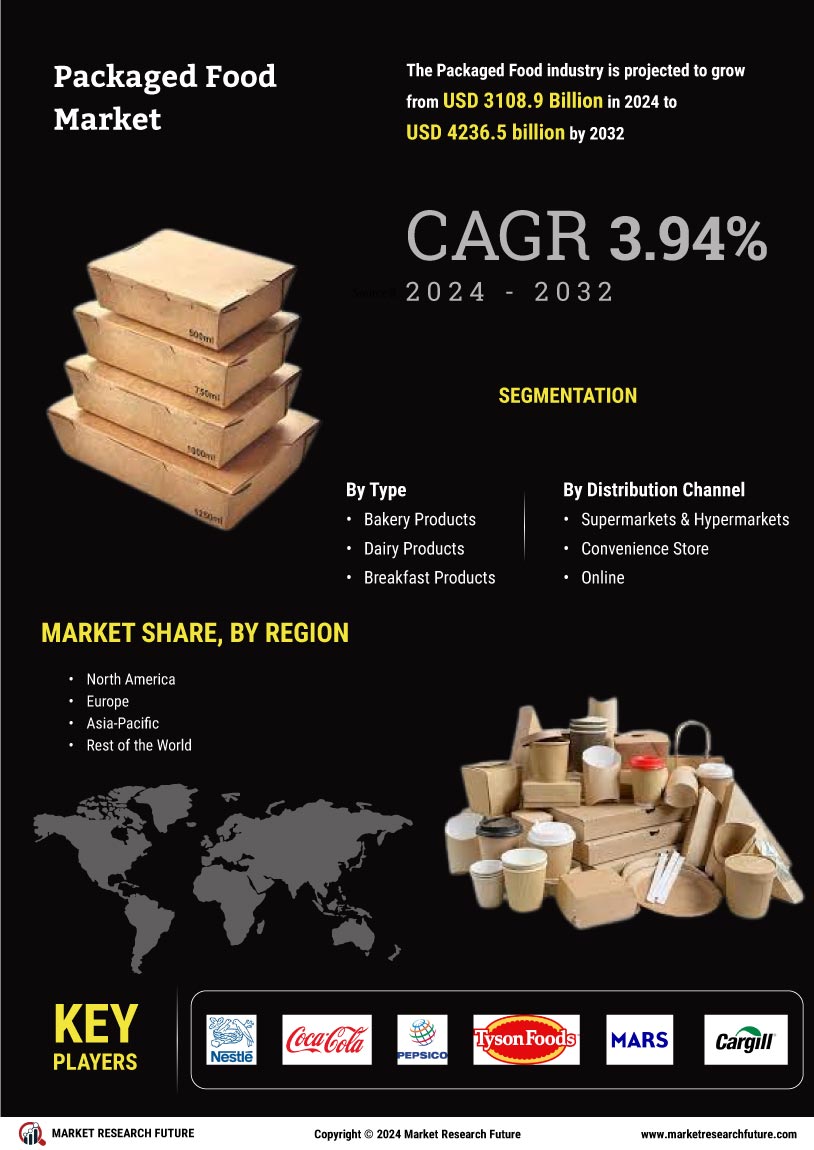

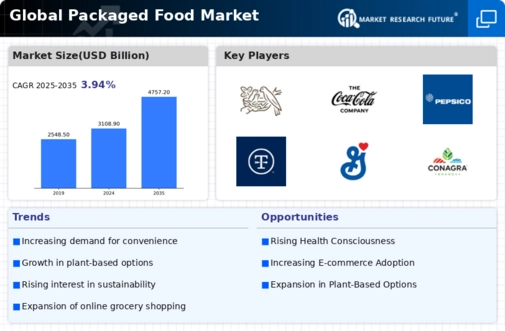
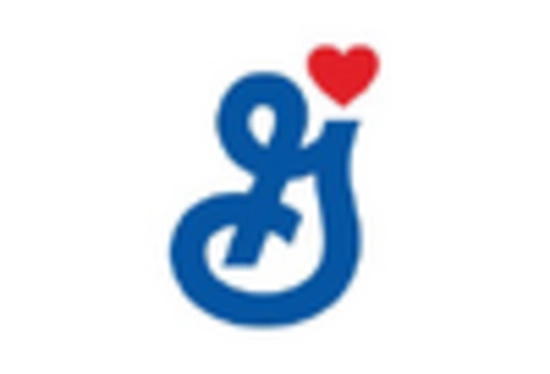
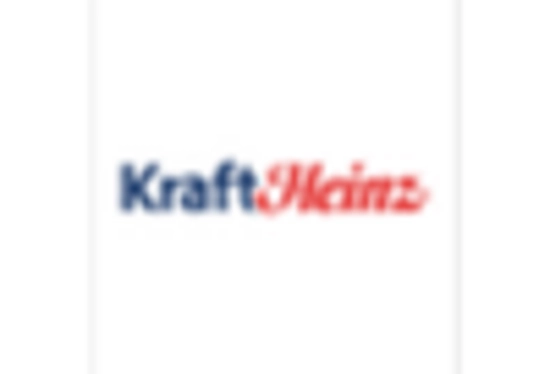


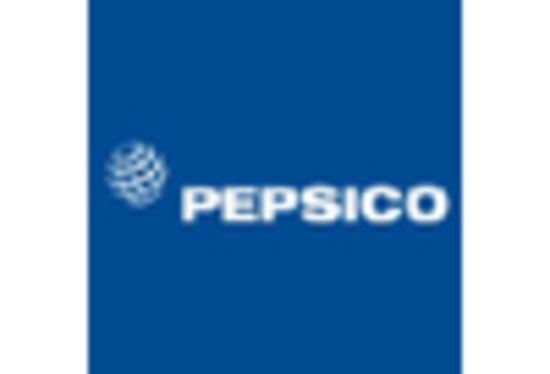
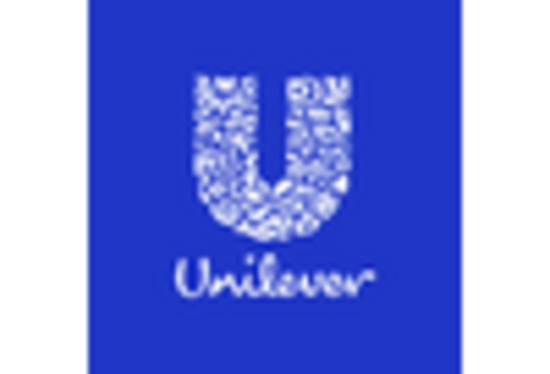








Leave a Comment